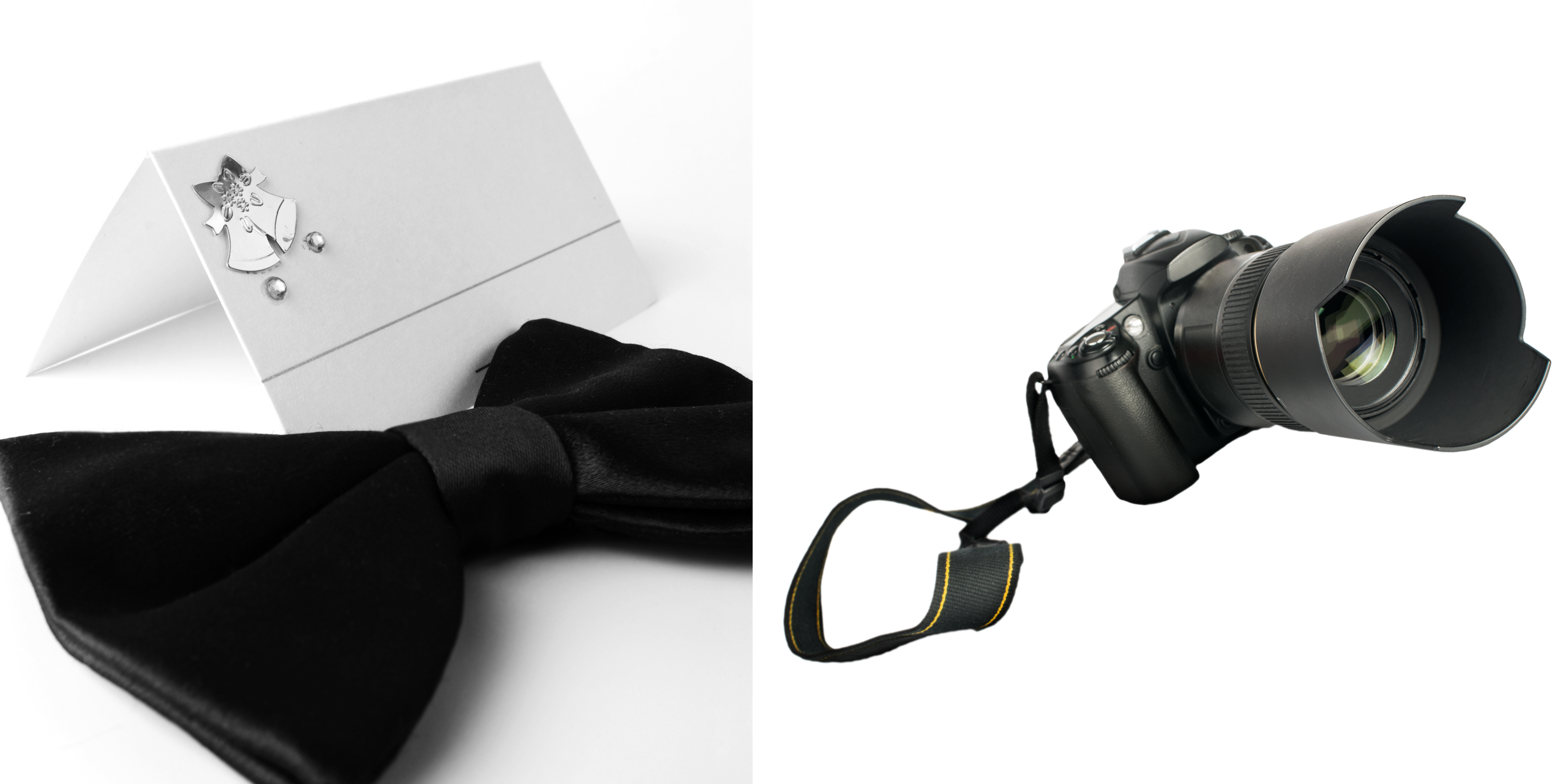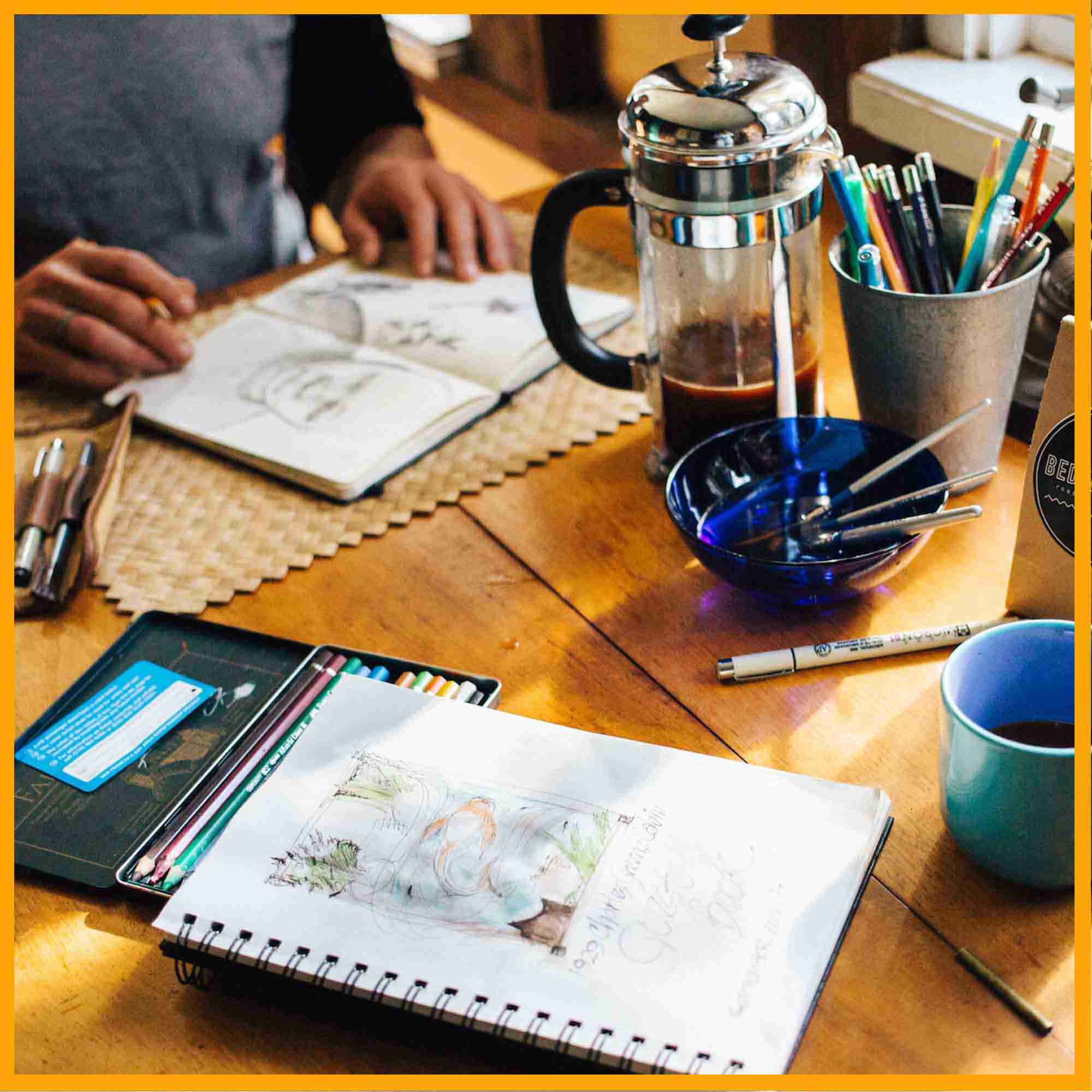Covering corporate events as a photographer means taking pictures of employees and guests in corporate events such as conferences, business lunches, luncheons, product launches, sales events and so on.
It’s a very responsible job. You may be used to covering events, but when these events carry a corporate tag, they become much more serious. The first thing you need to do (that goes without saying) is to make sure that you have the right equipment and technique before accepting the job.
Also, corporate event photography is one of the most difficult niches to get right as a photographer. Every company has its own culture. Some companies may be very formal, while others may be a bit more casual. Then there’s also the intimidating feeling of being surrounded by top executives who you definitely have to make look good in the photos.
How do you manage to get the best photos from a corporate event without getting in the way? Follow these tips to become an expert corporate events photographer in no time.
1. Dress to blend in
You may be used to your shorts and flip flops when shooting because that’s what you’re most comfortable with. Don’t dress like this if you’re booked for a corporate event.
Most corporate events require “cocktail attire”, which means wearing a suit or tuxedo for men and a formal dress for women. Some are more casual, where a “business casual” attire is acceptable, or native wears. CEOS and dignitaries like their agbadas and kaftans.
Make sure you find out the dress code from the organisers, so you don’t come in looking out of place.
2. Understand your location
Corporate events are usually held in low-light environments. This tells you that you need to have a good grasp of these kinds of environments so that you can create the best imagess.
If possible, scout the location and analyse the lighting conditions before the event. Experts suggest that photographers do this. A good way will be to ask the organiser to take you on a tour of the venue or provide a means for you to scope the venue. This also helps you know which equipment you need to take to the job.
3. Know the event schedule and the main players at the event
Asides being there at least an hour earlier, make sure you know when what’s going to happen and when during the event.
Get a complete schedule of the event from the event organiser. Use this to understand when you’ll be needed the most. For example, at a product launch, you’ll be needed at the time the product is unveiled to the attendees. Imagine how awkward it’ll be if you were photographing some random guests because you thought they looked good and missed the opportunity to capture the moment the product was unveiled.
Another important thing that will earn you a call-back is to know who’s who at the event. Find these out from the organiser, as well as others who you may need to concentrate on. To make this a little less awkward, you could ask the organiser to introduce you so that it doesn’t get awkward when you point a camera at their faces.
And never interrupt a conversation because you want to take a picture, especially when it comes to the who’s who at the event. Never. Take candid shots instead – and with the subject’s consent!
4. Always be clear on what the client wants
This is a must for any photo shoot, but it’s particularly important for corporate events.
Some clients may just want more pictures of the big names at their corporate event. Some may want to capture the culture at their company which may be anything from management and staff interaction, to imagery.
Never assume what your client wants. In the course of the event, you may see some good shots. Take them, and let them be bonus images for your client.
Most importantly, always have a means of communicating with the organiser (or their representative) who booked you for the event during the event. You never know why you may need them.
5. Make a shot list
Experts say that having a shot list when covering a corporate event is the best thing you can do for yourself as a photographer at a corporate event.
After getting clear on what the client wants, getting the events schedule, and finding out who’s who at the event, itemise your shots. Itemising them also means considering the creative angles, the kind of lighting you’ll be looking for, the lens you’ll be using and if you’ll be needing flash (which you would be needing if the corporate event is in a low light environment).
Make sure you follow the shots on your list to the latter. For example, if you’re at a conference, you’ll need to take pictures of the keynote speaker, and that shot should be at the top of your list. Make sure that shot’s out of the way before you move on to the next one, be it a freestyle shot or another shot on your list.
7. Know how to disappear
Do not block anybody’s view, do not stand in front of the stage, do not make loud noises, do not make sudden movements. Also, avoid using your flash where possible.
Remember, you’re there to capture the event, not to be a part of it. Violate this rule, and you may not even get your balance.
8. Do something different
Because most corporate events already have designated photo areas outside the main event venue, many photographers don’t even try to be creative.
You can choose to set up a different photo booth. You can also come along with a social media cutout for attendees to hold as you photograph them.
Fun hats, toys, flowers could also work as props to spice up the event. However, confirm from the event organiser if you can do this before doing it. If it becomes successful, you’re sure of a callback and even referrals.
9. Respect your client’s privacy
I know you would want your social media followers to know you took pictures at Buhari’s inauguration. However, find out from the organiser if it’s okay to post these pictures on your social media page.
They may want to own all the pictures. They may want to pick out the pictures that should be made public. There may be a big name who attended the event but doesn’t like being in public. Do not let the excitement of photographing some people make you err. Always find out from the organiser.
Respecting your client’s privacy is probably the most important part of being a corporate events photographer.
If you keep these tips in mind, you’re well on your toward being more at ease and becoming an expert corporate events photographer.








